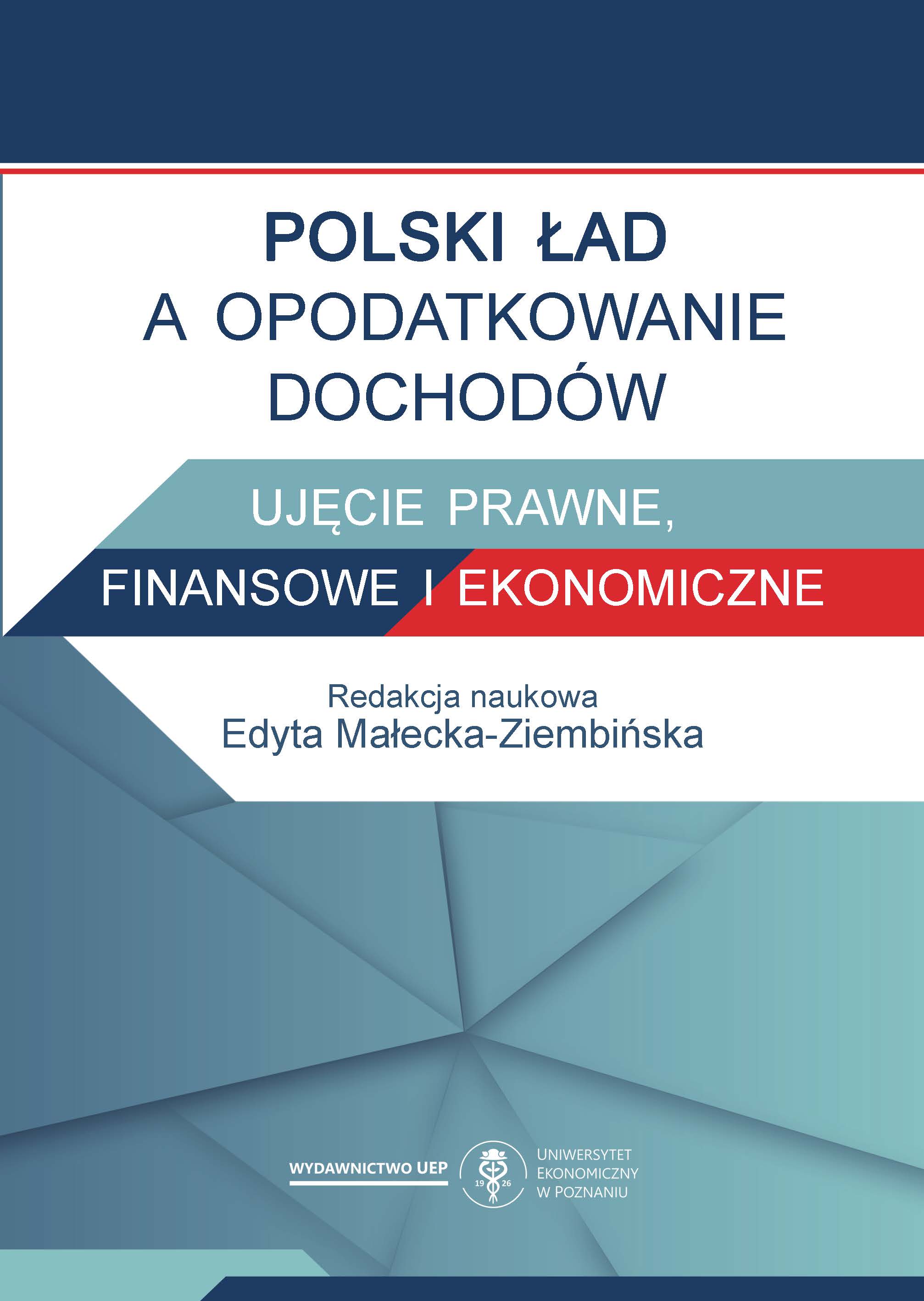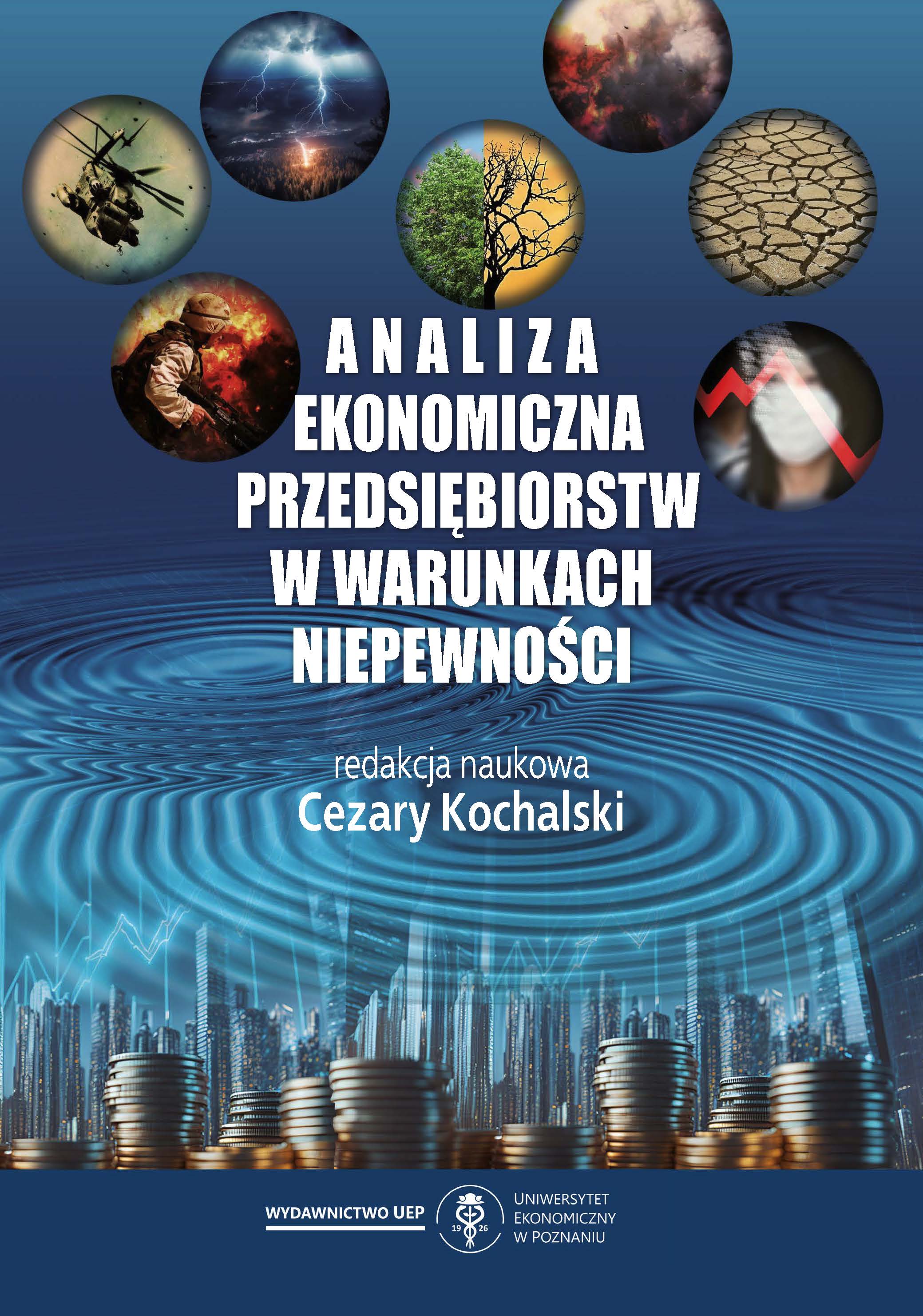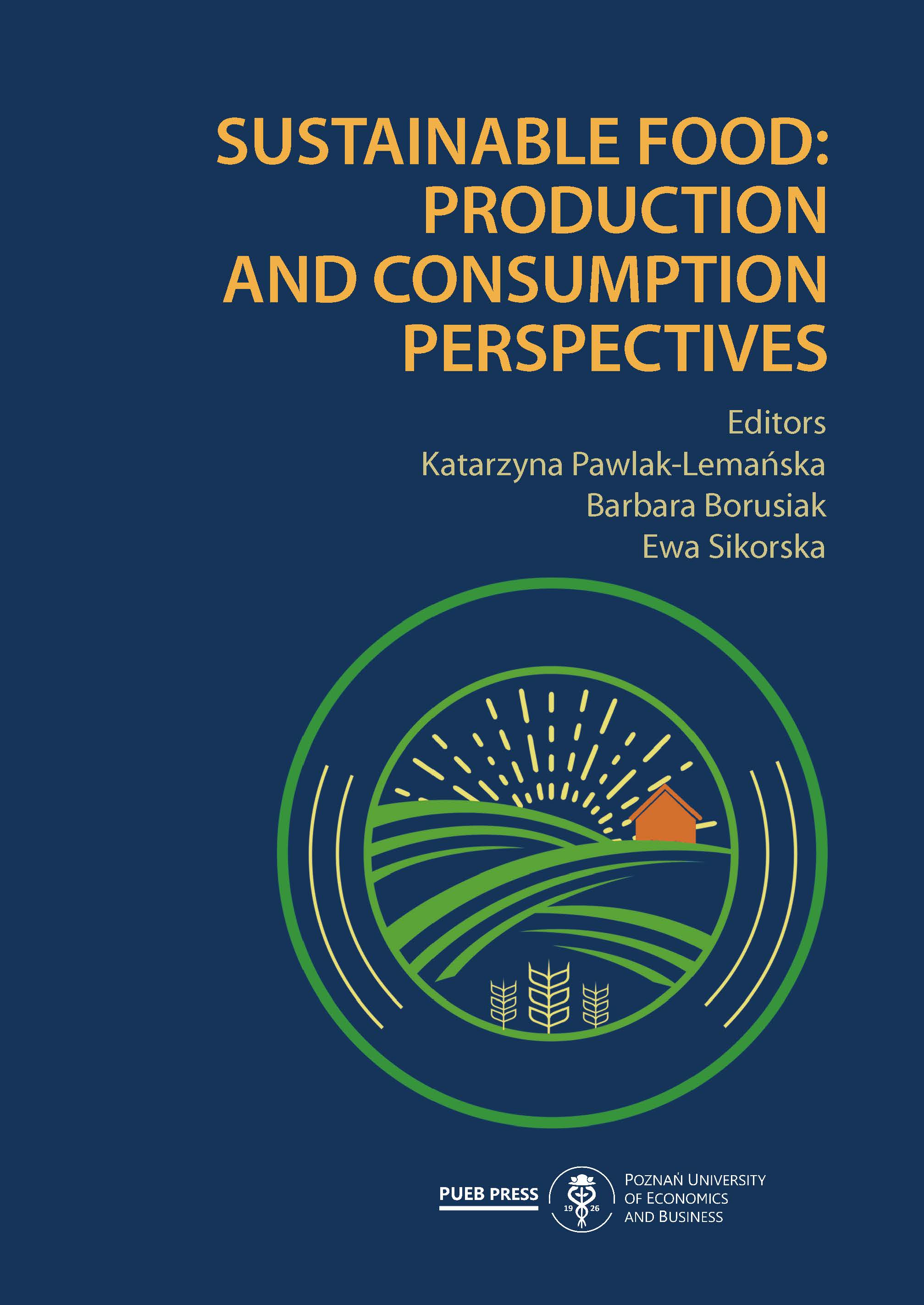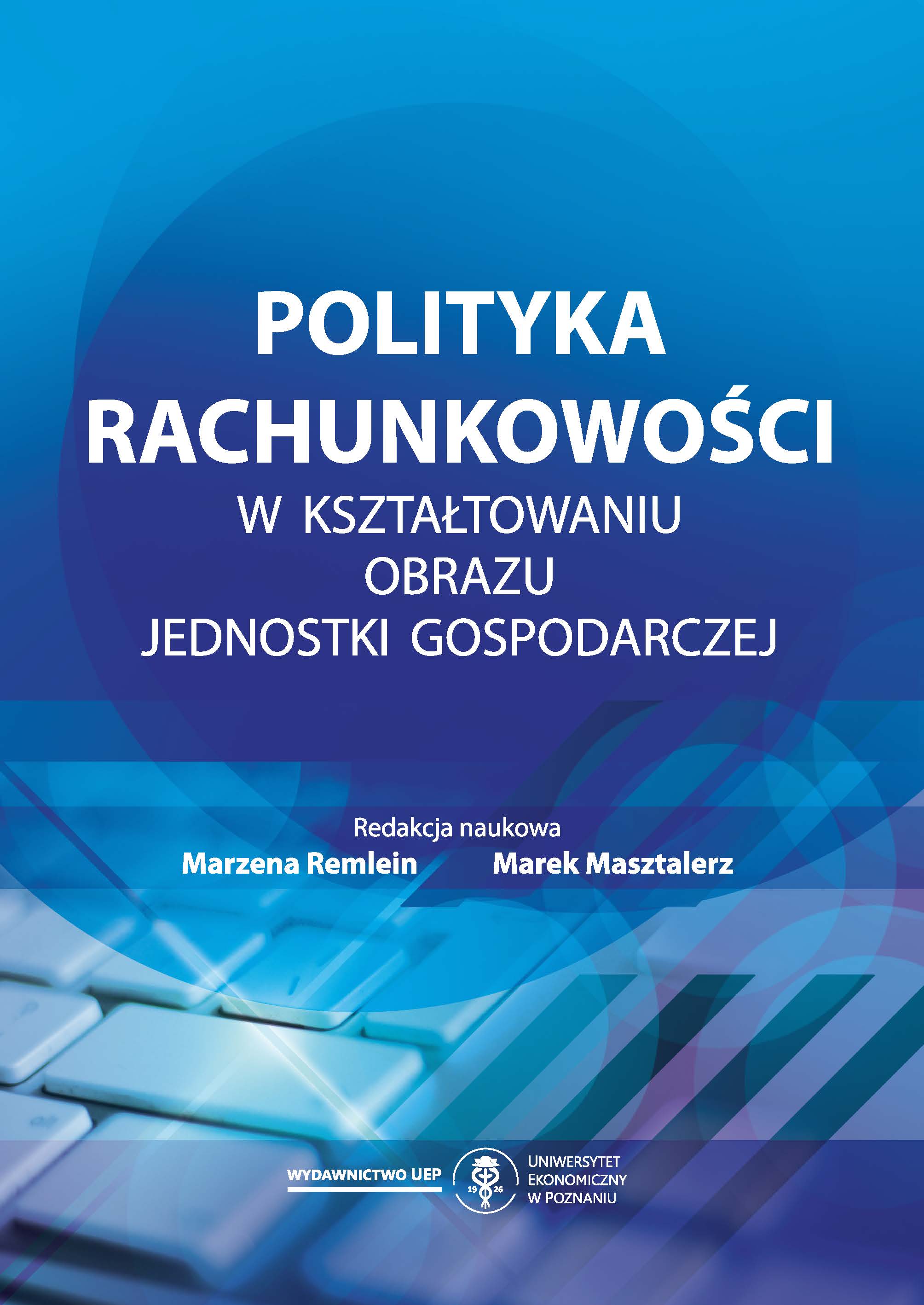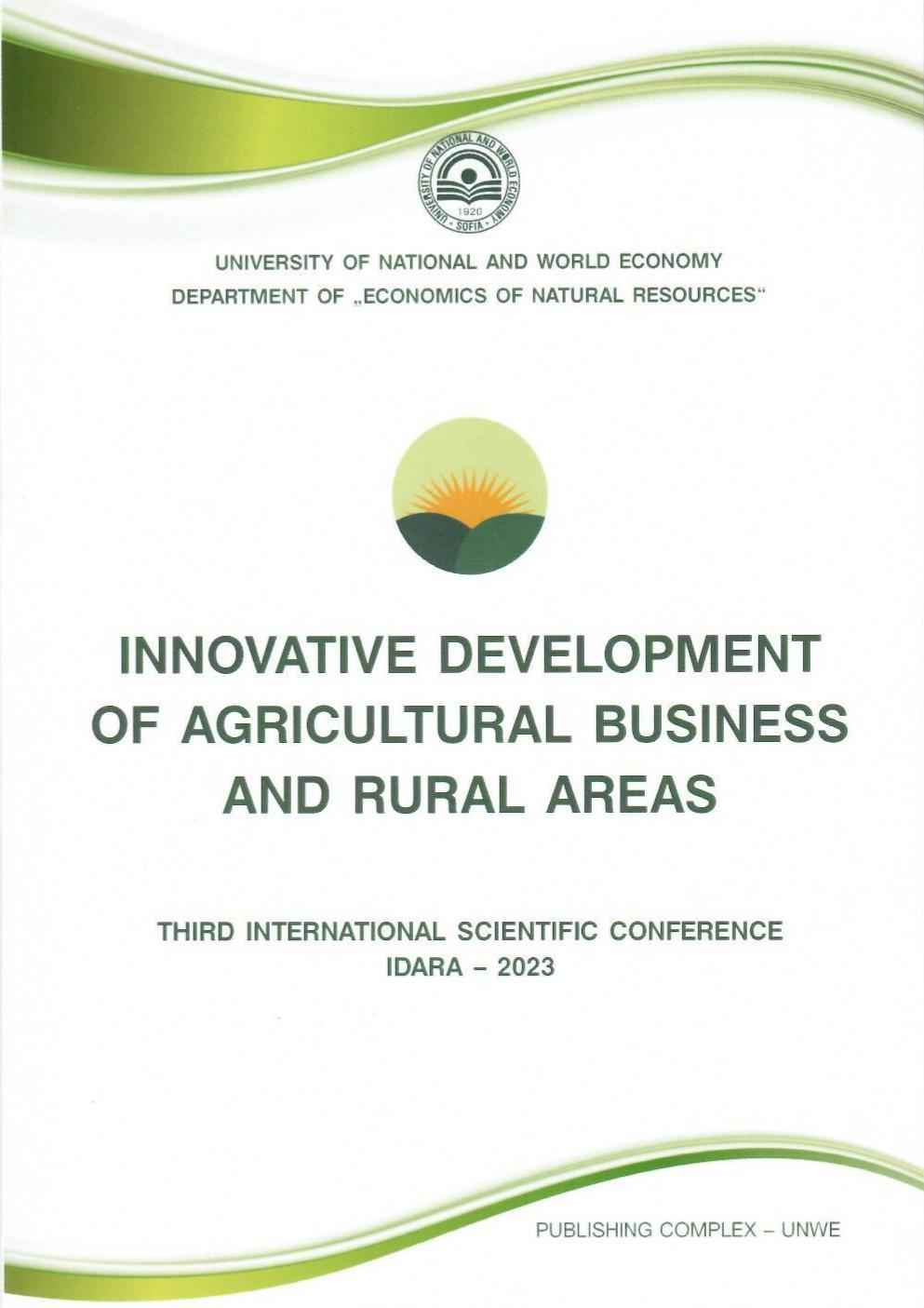
Integracja ubezpieczeń środowiskowych i systemów zarządzania środowiskowego według ISO 14001 – raport z badań
The article is a summary of research on the actual and potential integration of environmental insurance and ISO 14001 environmental management systems (EMSs) in Poland. The aim ofthe research is to analyze the relationship of the above-mentioned instruments of environmental risk management and to identify the factors determining the propensity of enterprises to implement such elements of the system that will increase the usefulness of ISO 14001 standards for insurance purposes in the future. The data for the study were obtained through an asynchronous group interview conducted on the Bulletin Board platform among insurance sector experts and through a survey of organizations that implemented the ISO 14001 system in Poland. Template analysis of qualitative data, supported by narrative techniques and statistical analysis based on the chi-square test of independence, U Mann–Whitney test, Kruskal–Wallistest, Spearman’s rank correlation coefficient were used to interpret the data. Environmental management systems according to ISO 14001 are not, in their current form, used in the process of providing insurance cover for environmental risk. Organizations managed according to ISO14001 rarely design and implement solutions useful to insurers. The latter, however, are statistically significantly correlated with the awareness attributes of the organization. Awareness attributes were also strongly related with the variables describing the propensity to implement additional – useful for insurance purposes – EMSs elements. The strongest motivators for the above, however, were of a non-insurance nature (e.g. obtaining tax credit).
More...
